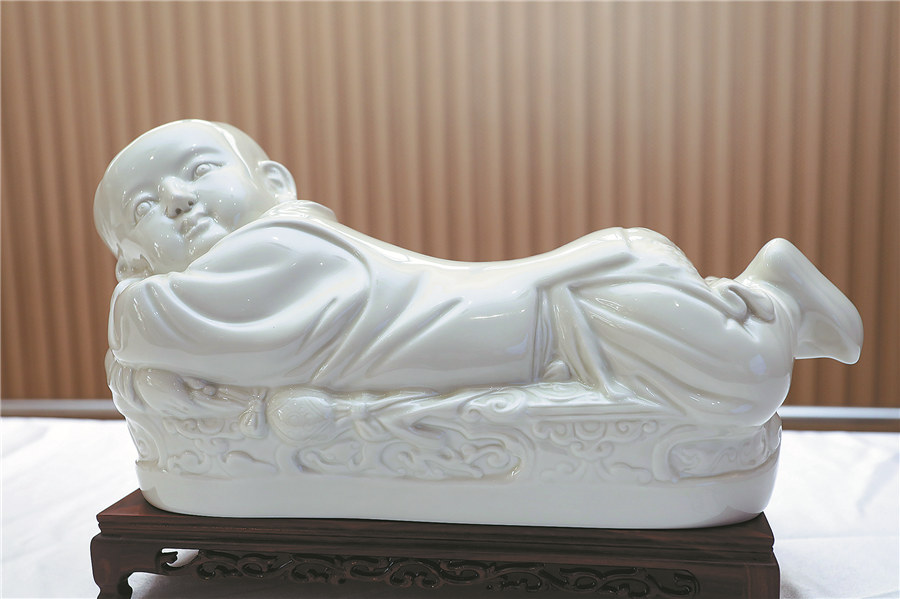Culture Insider: The evolution of pillows in ancient China


During the Tang Dynasty, with the advancement of celadon ceramic production techniques, porcelain pillows became highly favored by people at that time, which provided a cool and refreshing surface during the summer. These pillows were often adorned with landscape paintings or poetry, showcasing their artistic value. Some porcelain pillows were even crafted in the shape of animals, symbolizing auspicious wishes.
The Song Dynasty witnessed the peak of porcelain pillow production, with a significant increase in size and production scale. New manufacturing techniques, designs, and decorations emerged, further enriching the aesthetic appeal of porcelain pillows.
There is a renowned porcelain pillow, currently housed in the Palace Museum in Beijing. It originates from the Ding kiln in the Northern Song Dynasty (960-1127) and is shaped like an infant lying in a prone position on an elongated bed. This pillow is considered one of the representative works of that era. It is entirely covered with white glaze, displaying a slightly yellow coloring and a smooth texture.
The shapes and decorative patterns of porcelain pillows directly or indirectly reflect various aspects of social life, culture, customs, fashion and pursuits of that time, greatly enriching the expressive and artistic qualities of porcelain pillows.


















